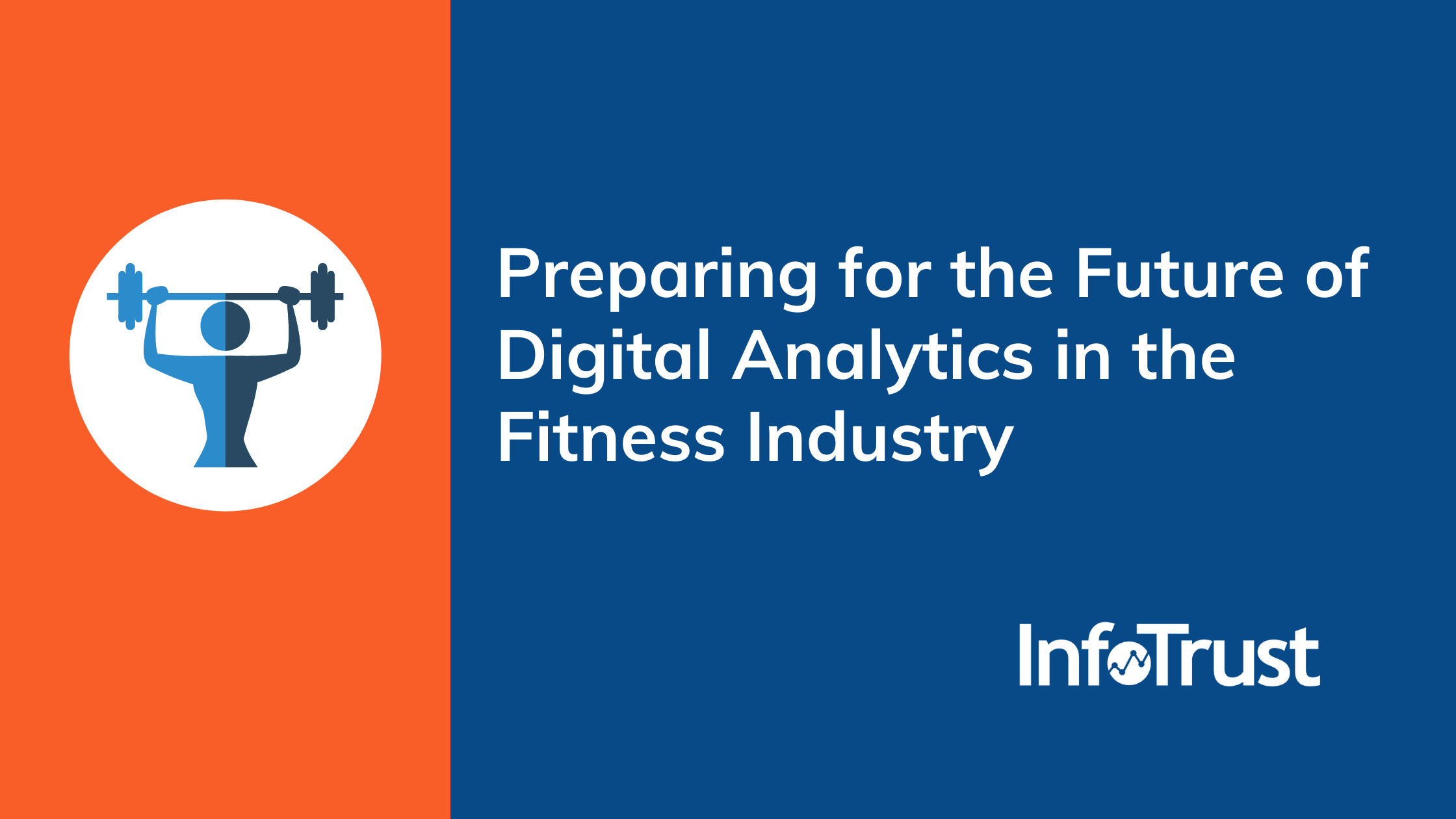What should your fitness organization do today to set themselves up for a more digital future? Collecting accurate data is a challenge, ensuring it’s actionable is even tougher.
It’s pretty obvious that 2022 will carry similar challenges as the previous few years, while also presenting new opportunities to embrace change. While brick-and-mortar locations will remain a preferred option for many individuals, in 2021, the global online fitness industry was worth $10.71 billion dollars alone, up 77.33% from 2019. And whether your business offerings are online, in-person, or a hybrid, measuring and growing your digital presence is paramount. Gut-feel decisions simply won’t cut it in the competitive landscape of the digital fitness world, so collecting actionable data should be a top priority. Let’s look at some of the top measurement trends that fitness organizations should be focused on as we kickoff the new year.
Google Analytics 4 Dual-Tagging
I’ll start with the basics of data measurement in 2022: Google Analytics 4 (GA4). GA4 is the next iteration of Google Analytics for all industries. With exciting features like the new event-based reporting model, improved pathing analysis, a new exploration hub for custom free-form reporting, and a native BigQuery integration for all users and not just those of Google Analytics 360, GA4 offers a wealth of new features and benefits for fitness organizations to collect and activate their first-party digital data. While full-feature parity with Universal Analytics (UA) isn’t expected until the middle of 2022, you should dual-tag with both UA and GA4 today so that you are beginning to collect historical data and learning the GA4 interface.
GA4 Mobile App/Cross-Device Behavior
With rising interest in at-home fitness offerings due to the pandemic, your fitness organization should begin considering a mobile application with customized classes and personal training opportunities. In terms of measurement, GA4 properties offer data streams for both your website and iOS/Android apps. The GA4 iOS/Android data stream option essentially replaces Firebase, simplifying your analytics with a single property collecting all of your digital data. And if your users are logging in to your website or apps, with User ID you can associate your individual user behavior across different sessions and across devices and browsers. Analytics interprets each user ID as a separate user, which provides you with more accurate user counts and a more holistic story about a user’s relationship with your business.
Data Governance
Data governance for fitness organizations can be broken down into four key areas in today’s digital analytics landscape:
- First, ensure your data is accurate and that your tag management platform and analytics platform are on all pages/screens (hello Tag Inspector!).
- Second, ensure your data collection is compliant with local laws (hello General Data Protection Regulation (GDPR) and California Consumer Privacy Act (CCPA)).
- Third, prepare for the sunset of the third-party cookie (hello server-side tag management!).
- Finally, data governance also means you’re collecting at least some data for users that have opted out of cookie collection (hello Consent Mode!).
So while user privacy has become an emphasis around the globe and across all industries over the past few years, there are at least a few actions you can take to proactively prepare for the future of data governance on your fitness website and mobile applications.
Make Your Data Actionable
Finally, you’ll want to ensure you’re collecting data on how users are coming to your fitness website (UTM parameters/auto-tagging), what users are doing on your site (events), and how many users are completing high-value actions (conversion events in GA4, goals in UA). With this data, you’ll be able to analyze which channels are driving website KPIs such as:
- Newsletter subscriptions and free trial sign-ups
- External clicks to download your mobile apps
- Memberships and how much revenue your website and mobile apps are generating
Combining these key goals/conversion events into a report alongside the channels driving them will help you optimize your time, effort, and marketing dollars towards the platforms and channels with the highest ROI.
What are your top digital priorities in the fitness industry in 2022, and how do you plan on using data to improve your marketing decisions? Which from this list will be your top priority to work on today? If you need any help answering those questions or want to talk about any of these topics in greater detail, as the Healthcare & Fitness Industry Team Lead here at InfoTrust, I’d love to hear from you!


